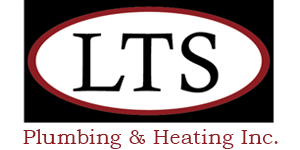Many people only think they need air conditioning repair when their system completely stops working. However, the fact is your air conditioner will often give warning signs before a complete breakdown that results in new AC installation. Understanding the warning signs and calling the experts at LTS Plumbing & Heating Inc. to fix issues early can spare you the hassle and expense of a full AC system breakdown. More important, it can stop you from having to endure the hot and sweaty conditions created by having your AC stop working on a really hot day.
When you call us, our team of certified HVAC technicians will diagnose the issue, make the necessary repairs and get your AC back on track. We have years of experience and provide high-quality, cost-effective AC service for our community.
Why put off calling the pros until your cooling system stops working? Skip all that hassle by calling 570-648-0748 today to schedule AC repair in Paxinos, PA, from LTS Plumbing & Heating Inc..
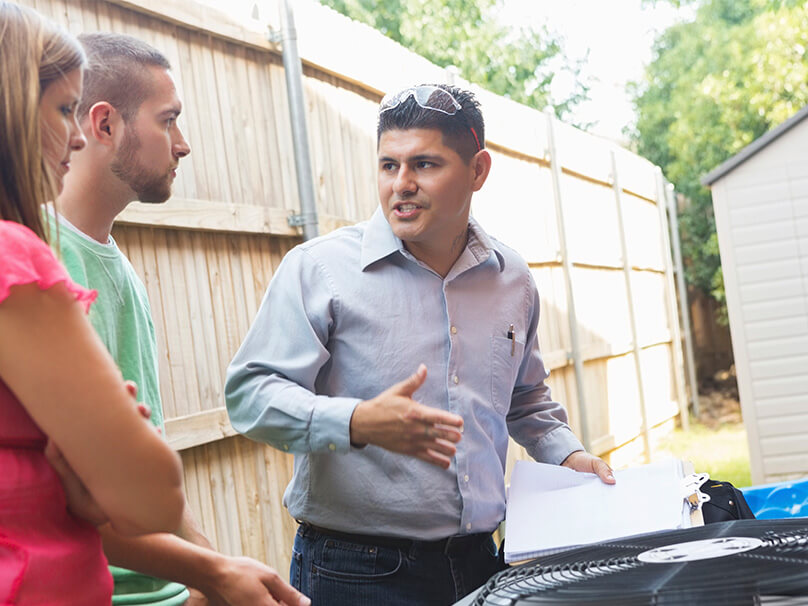
Signs You Need AC Repair
How can you tell if your air conditioner is having issues? From strange odors to no cold air coming from the vents, there are many clues that your cooling system has is malfunctioning and needs attention or service.
Here are some red flags that trouble may be developing and it’s time to call an HVAC technician from LTS Plumbing & Heating Inc.:
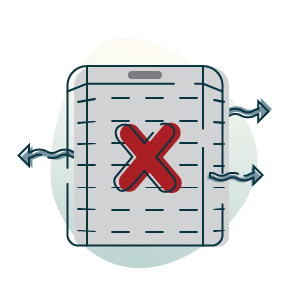
AC is blowing hot air
If heated air is flowing out of your AC unit instead of cool air, or if the air isn’t as cool as it should be, it’s a smart move to call us for professional cooling service.
Air conditioner frequently turns on and off
If your AC system turns on and off instead of completing its normal cycle, it could be a symptom of underlying trouble and should be looked at by one of our certified HVAC technicians.

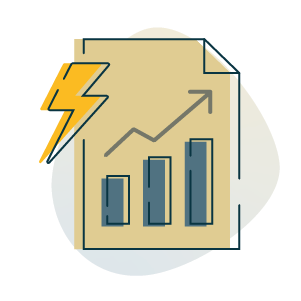
Cooling bills spike for no apparent reason
A sharp increase in your energy bills can be an indicator your AC unit is losing efficiency, which means it uses more energy to cool your home and needs AC maintenance or repair.
Strange odors are coming from your AC
Air conditioners should not stink. Weird smells coming from your AC unit should be inspected by an HVAC technician, as they can be a symptom of trouble like mold, mildew or even electrical issues.
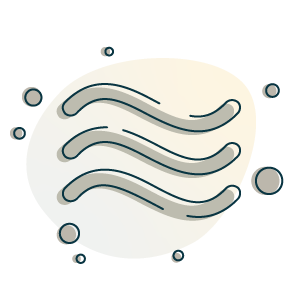
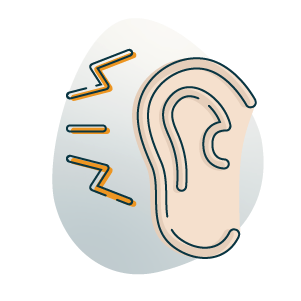
AC starts making noises
If you hear unusual noises when your air conditioner is running — clanking, grinding or high-pitched whining, to name just a few — it’s important to call for professional HVAC service to find out what’s wrong.
Request Pro Air Conditioner Repair Now
When you require air conditioning service quickly, contact the HVAC repair experts at LTS Plumbing & Heating Inc. at 570-648-0748. We’ll quickly identify the problem when your equipment won’t work or provide enough chilled air.
